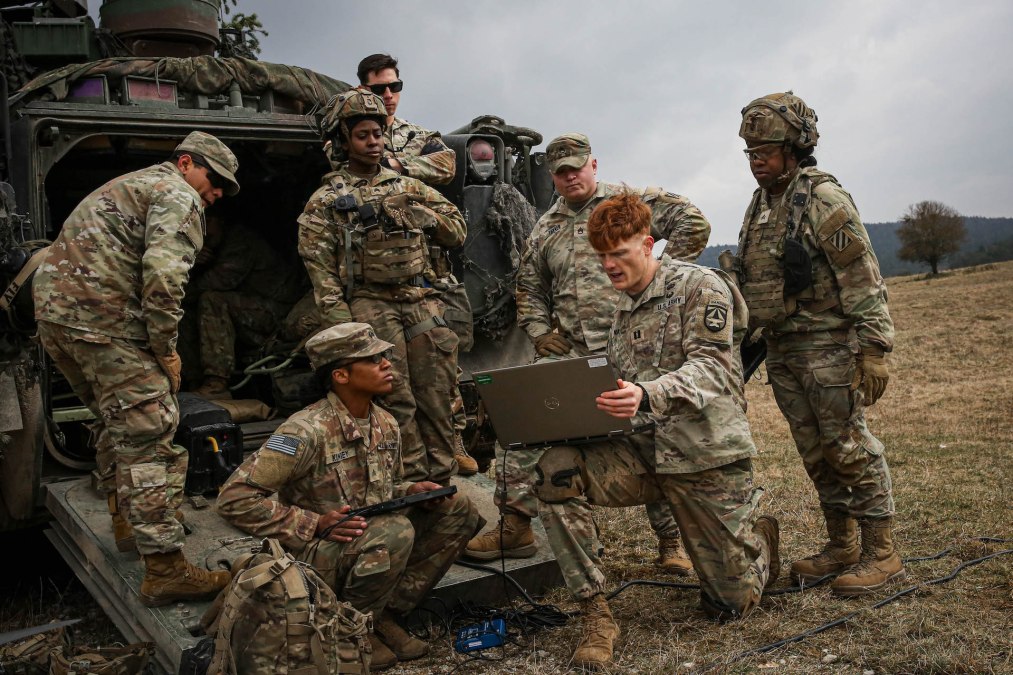Army issues new policy aimed at improving software development practices departmentwide

Army leadership issued a new directive to codify changes in how the department develops and manages software, the service announced Saturday.
The far-reaching policy — which addresses requirements, testing, procurement, sustainment and personnel — immediately went into effect, and it comes amid a broader push for accelerating digital modernization across the U.S. military.
“We’re learning from current conflicts — including in Ukraine — that the Army’s success on future battlefields will depend on our ability to rapidly update software and disseminate it to the operational force,” Secretary Christine Wormuth said in a statement. “Software development must be a source of our military advantage and the Army’s new software policy will ensure we have the right processes in place to inject innovation quickly and achieve a digital transformation of our warfighting capabilities.”
Undersecretary Gabe Camarillo added that traditional approaches aren’t up to snuff.
“This policy represents a significant effort to comprehensively adjust our legacy software development processes in line with private sector best practices,” he said in a statement.
According to a release summarizing major elements of the new directive, software-based systems “will no longer follow the traditional process in which a system transitions to sustainment once development is complete. In line with industry best practices, these systems will instead plan for continuous improvement and development over the entirety of the lifecycle. This change recognizes that modern software development is never complete.”
The policy also calls for maximizing use of the Pentagon’s software acquisition pathway — which was instituted in 2020 by then-Undersecretary of Defense for Acquisition and Sustainment Ellen Lord — flexible strategies such as “modular contracting,” and contract types that allow for “refinement of the requirements as the software evolves and user needs change.”
Soldiers are expected to have major input in the development of those requirements, which are to be written as “high level needs statements” rather than “prescriptive requirements documents.”
The Army intends to streamline testing of new capabilities and cybersecurity validation processes, including for obtaining authority to operate on the service’s networks.
Meanwhile, the service is looking to boost its organic software development know-how and make it more widely available across the department.
To that end, the Army is standing up a new Digital Capabilities Contracting Center of Excellence at Aberdeen Proving Ground, Maryland, that is expected to be fully operational in September.
According to a release issued last year by the program executive office for enterprise information systems, the new center of excellence is expected to serve as a model for agile procurement of digital tools and be tasked with “sharing playbooks” on best contracting practices with other contracting organizations.
Additionally, a new “software management and response team” at Army headquarters will aid enterprise-wide efforts.
The Army also has a software factory in Austin, Texas, which is a pilot effort that allows soldiers to train other soldiers in coding.
The service will explore additional ways to recruit, retain and upskill people with software talent, according to the policy announcement.






